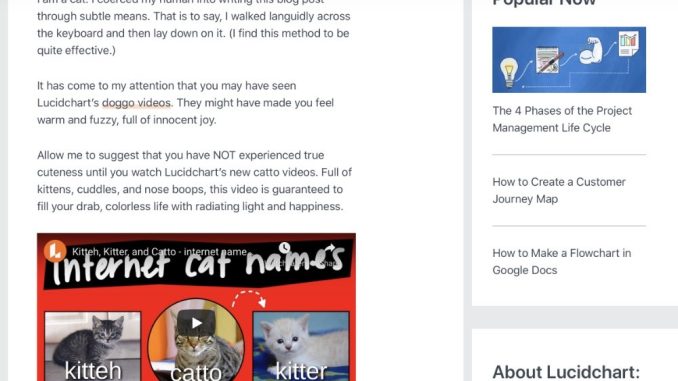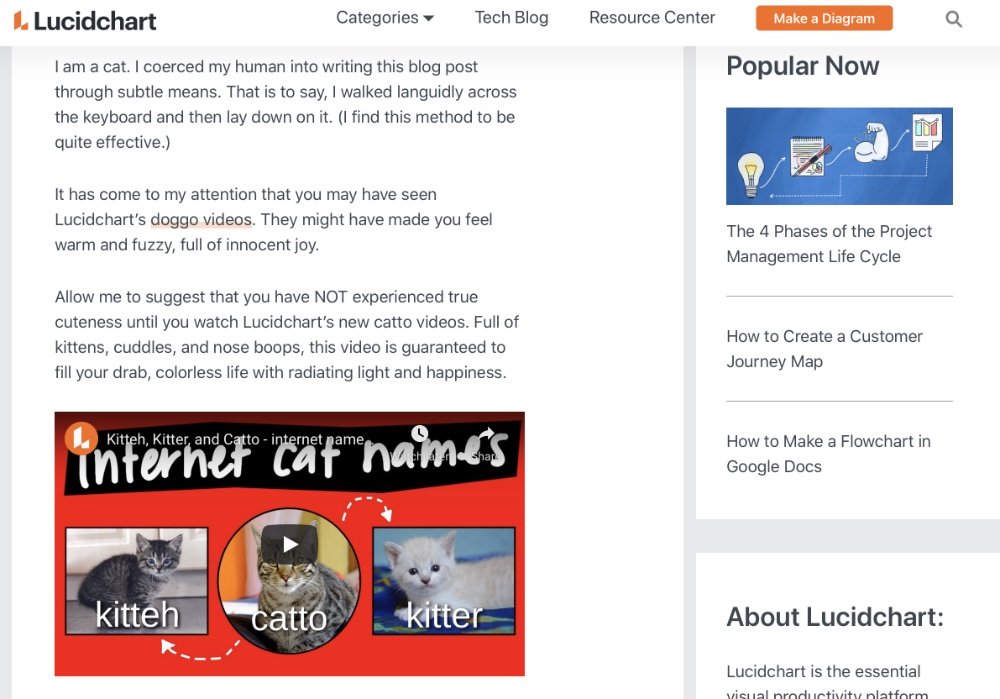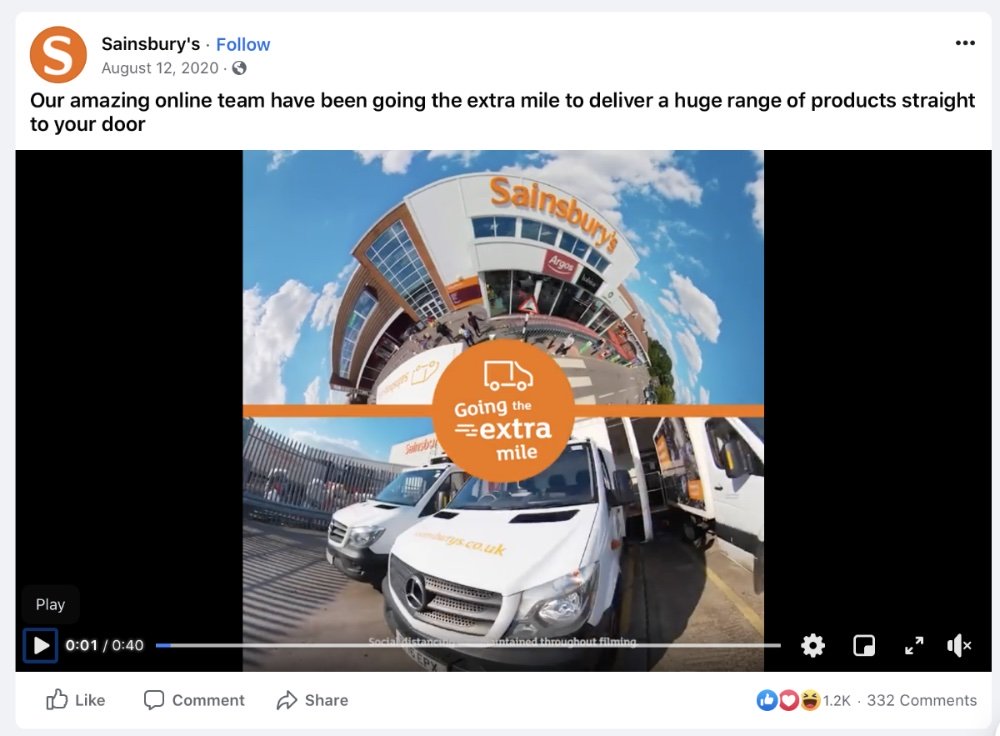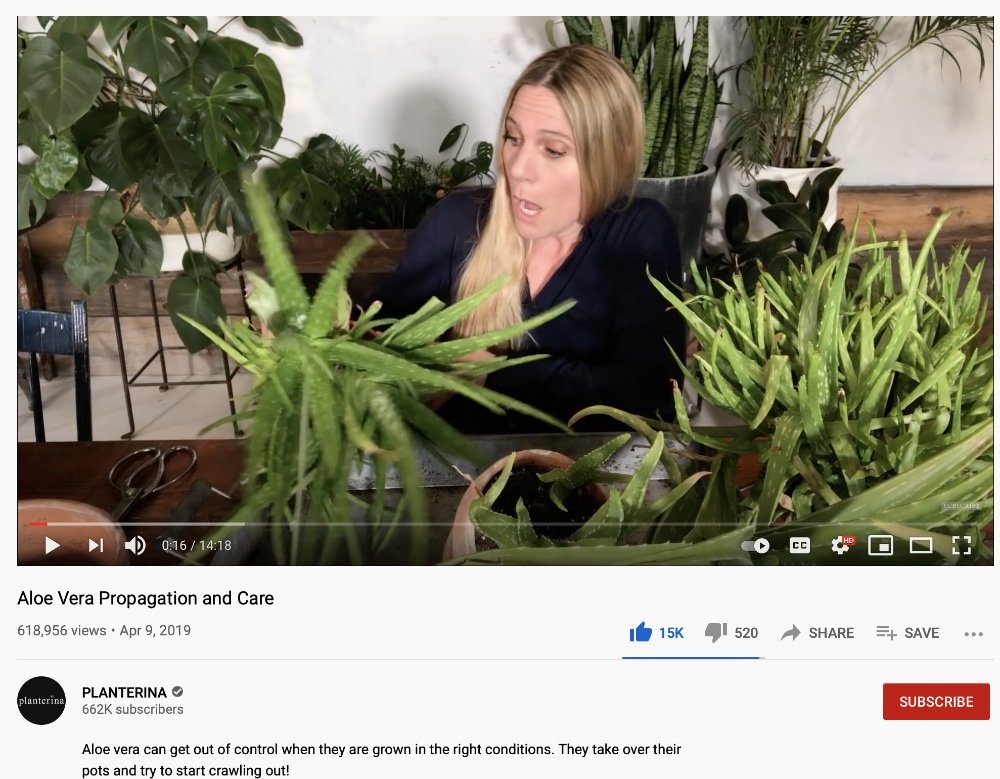
Time and again, studies prove that consumers prefer information that is presented to them via images and video. Specifically, viewers claim they retain 95% of a message when communicated through video.
And considering that recent research shows that online video is consumed at a rate of about 2.5 hours per person every day, it’s clear that video is solidifying a position as one of the most effective forms of content that a company can use to get its message across.
In this report, we’ll look at the top trends in video content and how successful brands are leveraging video to connect with and retain their audiences.
The Video Content Statistics You Need to Know for 2021
Although it’s only March, many video-based marketing campaigns are well underway. From grocery store chains to proprietary software companies, brands are using video marketing to increase leads by as much as 66% annually. Here are some other important stats to keep in mind if you’re on the fence about investing in video marketing:
- 89% of marketers intend to use video marketing on YouTube in 2021
- 83% of video marketers say videos have helped them generate leads
- Conversion rates can increase by as much as 86% when video is used on landing pages
- Watching a product video convinced 79% of viewers to download software or an app
- 93% of marketers report that they attained a new customer because of their social media’s video content
- 88% of marketers are satisfied with the ROI of their video marketing efforts on social media
The numbers don’t lie. Marketing campaigns that include a video component don’t just reach the intended audience — they move the audience to take action, resulting in increased revenue.
7 Video Content Trends That Consumers Want to Watch Now
1. User-generated video
Consumers are savvy enough to know content that is blatant advertising when they see it. Millennials in particular recognize when they’re being sold to and tend to distrust brands with a forceful approach to marketing.
On the other hand, user-generated content will be much better received by consumers. And 60% of people affirm that UGC is the most authentic type of content out there.
By giving ambassadors and influencers the power to create and share videos that feature your product or service on their channels, you’ll expose your brand to new audiences while building trust. To further increase traffic, establish brand loyalty, and collect leads, integrate video created by users into your brand’s narrative.
If you’re stuck on how to drive users to create video in the first place, then consider launching an unboxing video campaign. The next time your customers place an order with your brand, send a thank-you email and ask for a short-form video of them unboxing the product in exchange for a discount code. Just be clear that the video will be used in upcoming marketing initiatives!
2. Vlogs
According to VloggingPro, more than 44% of internet users watch vlogs every month, proving that vlogs have come a long way since the early days of Adam Kontras sharing videos on his blog so friends could follow along on his journey to L.A.
Today, filming your own vlogs with a GoPro, a laptop’s webcam, or a smartphone is a cost-effective, time-saving way to create content that is relatable and highlights your brand’s unique voice. Structure vlogs as a story, with each post functioning as another page in a pre-defined narrative.
Remember that viewers want to actively engage with the vlogger, but they don’t want to hear about what you had for breakfast (unless of course, you have a vlog on gluten-free eating and you’ve just discovered a new gluten-free pancake recipe). Take viewers along on an interesting journey, featuring one of your customers, ambassadors, or even your own staff. This first-person, self-made approach infuses your video content with an authentic human quality that professional-quality productions just can’t offer.
If you have an impressive corporate blog following, don’t abandon those weekly posts. You should, however, consider including video in your blog posts, as Lucidchart did here:

3. 360-degree videos
A study from Magna found that interactive videos increase purchase intent by 7% on smartphones, a number that will only continue to grow as the technology to produce 360-degree video becomes more accessible. According to the study, consumers find interactive video a fun, fresh way for brands to convey versatility.
You don’t need to have a big budget to pull off an innovative 360-degree video either. Use 360-degree video to take your marketing efforts to the next level right now, as this U.K. supermarket chain did!

This video demonstrates how one person can easily use a 360-degree camera to get various perspectives. You can also offer engagement with 360-degree video by creating content your audience can interact with by moving the cursor, tilting their smartphone, or moving around in a headset. To make 360-degree video marketing pay off for your business, make sure your content is entertaining without undermining your brand standards.
4. Tutorial videos
For marketers, it’s natural to lean toward creating video that promotes a service or demonstrates the uses of a product. While there is a place for that content, be aware that the new normal has driven many individuals to YouTube for answers to questions that can’t be posed safely in face-to-face settings. Join the next generation of brands who are stepping up to provide the answers with video content.
Planterina.com, a company that ships houseplants direct from Florida’s foliage industry, has created an entire library on their YouTube channel that does this so well, it’s easy to forget that behind these funny, helpful videos is a company. Over the course of a 20-minute video, the host only mentions that there are new plants in stock once, and does so naturally and sincerely.

If you plan to create a true tutorial video, keep the content educational and informative. Present actionable insights that solve a problem or provide answers that your audience will value, and save the promotional tie-ins for another platform.
And as for those outtakes, well, don’t delete them! Outtakes can make useful, entertaining video content to keep users engaged while your team is finalizing the professional content for more traditional marketing campaigns.
5. Product demos
As mentioned, the high-quality of a professional video is still relevant in the UGC-dominant marketing strategies of 2021. There are many instances when branded video can show viewers your product in action or promote a service outright.
If you have a video production team shoot your company’s video, keep it genuine by shining the spotlight on customers’ experiences through product demonstrations. Rather than wait for consumers to have a question about a new offering, be proactive and use product demos to answer potential questions about real-life applications, as automaker Rivian did in a video about snowboarder Bryan Iguchi, The Long Weekend.
[“source=webpurify]
